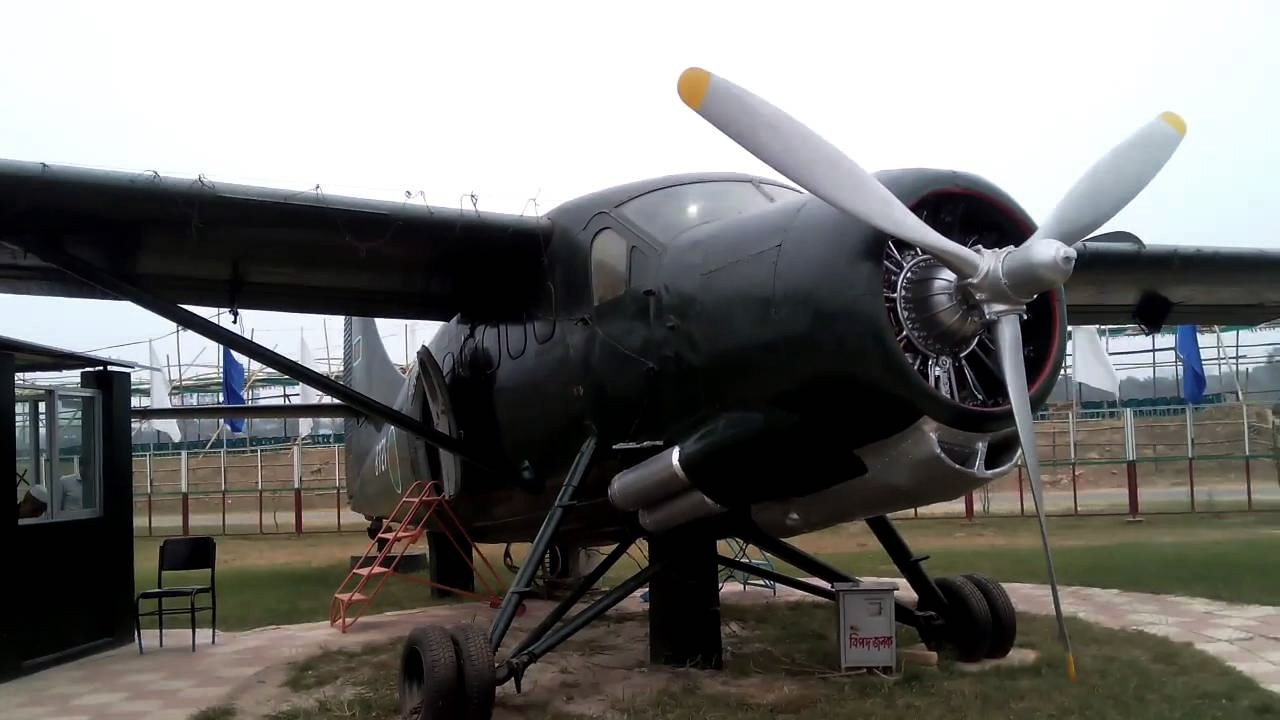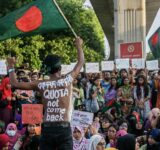“What have you got us into, sir?” – the usually calm co-pilot Badrul Alam was feeling the tension.
Squadron leader Sultan Mahmud stayed put. He had promised his companion the flight would be an easy one till they got to the destination where the main part of the assignment began. The air force men were to bomb the oil depot at Narayanganj.
They had gone through the plan multiple times. They had inspected the aircraft one last time in an eerie atmosphere under the moonlit sky. The airfield at Teliamura was situated on a small hill surrounded by the forest. Badrul Alam and Sultan Mahmud had set out for their mission on an extremely foggy December night.
First Flight
On December 3, the Mukti Bahini Air Force Wing was divided into two groups to carry out major operations in the port cities, Chattagram and Narayanganj.
It would later go on to be recognised as the first air attack on the Pakistan military occupied parts of East Pakistan.
The bravado with which the Air Force executed the operations was nothing short of astounding. It was a red letter day for the Mukti Bahini.
The Indian authorities had wanted to target the Eastern Oil Refinery at Chattagram but not getting the green signal from the Mukti Bahini, the plan was changed. The oil depot at Chattagram and Narayanganj were fixed as targets. The Eastern Oil Refinery at Chattagram was the only oil refinery East Pakistan had. Destroying it would bring unwanted consequences for an independent Bangladesh. Hence, the disapproval from the Mukti Bahini. Instead, the oil depots at the two cities which provided the special kind of oil needed for planes to take off were targeted. Destruction of these two oil depots would cause temporary disruption to the operations of the Pakistan Air Force.
Bombing Runs
Flight lieutenant Shamsul Alam and Captain Akram Ahmed were given the responsibility of blowing up the oil depot at Chattagram. They flew from Kamalapur to Chattagram. On their way, they stopped at the Teliamura Airport. According to plan, the pilots switched the lights of the aircraft on and off sporadically to signal to the Indian authorities that they had no trouble flying and they were on the right track. In response, the Indian authorities lit up a green torch as a sign that the pilots were good to go.
Three hours later, they reached the coastal area in Chattagram and attacked the oil depot. Not receiving any counter attack,they launched more full fledged attacks till they ran out of ammunition. The resulting noise brought the Pakistan military to their senses but the two pilots managed to return without any casuality.
On the other hand, Squadron leader Sultan Mahmud and his co-pilot Badrul Alam were having a more turbulent flight.
On reaching Akhaura, they were greeted with incessant firing. The two pilots could not determine the direction of the firing, all they could hear was the sound of bullets like the popping of popcorn. Hence the above mentioned reaction from co-pilot Badrul Alam.
Few seconds later, the aircraft flew out of the firing range leaving the popping sound behind. The thick layer of fog was making flying difficult. Apart from the instruments, the pilots had to rely mostly on their eyesight. The aircraft moved, brushing off tree tops on its way with the pilots silently praying to avoid collision with any sort of electrical wire. The extremely foggy conditions made it impossible to fly any higher.
The aircraft took a turn and continued flying over the Shitalakshya River. Sergeant Shahidullah (Bir Pratik), gasped as he looked out of the open door. If the aircraft flew any higher, it would come in contact with the electrical wires. If it got any lower, it would end up in the Shitalakshya River. The insane skill and determination with which the pilots maneuvered the aircraft is jaw dropping. Safe to say, fortune favours the brave.
On their way back, after bombing the oil depots at Narayanganj, they were welcomed by another round of firing at Akhaura. With a meager amount of resources left, the aircraft safely landed at the Teliamura airfield, in the middle of a dense forest.
This account was sourced from the book 1971: Bhetore Baire by A.K Khandakar.
The Mukti Bahini Air Force was probably the smallest Air Force in the world during that time.
It comprised of two fighter planes and one plane for transportation purposes. Apart from the independent missions it carried out, the Mukti Bahini Air Force also had to work in collaboration with the Indian Air Force. In the 12 days that followed till victory, the Mukti Bahini Air Force conducted almost 40 operations in Sylhet, Comilla, Lalmonirhat, Moulvibazar, Thakurgaon, Eliotganj, Bhairab, etc.






















